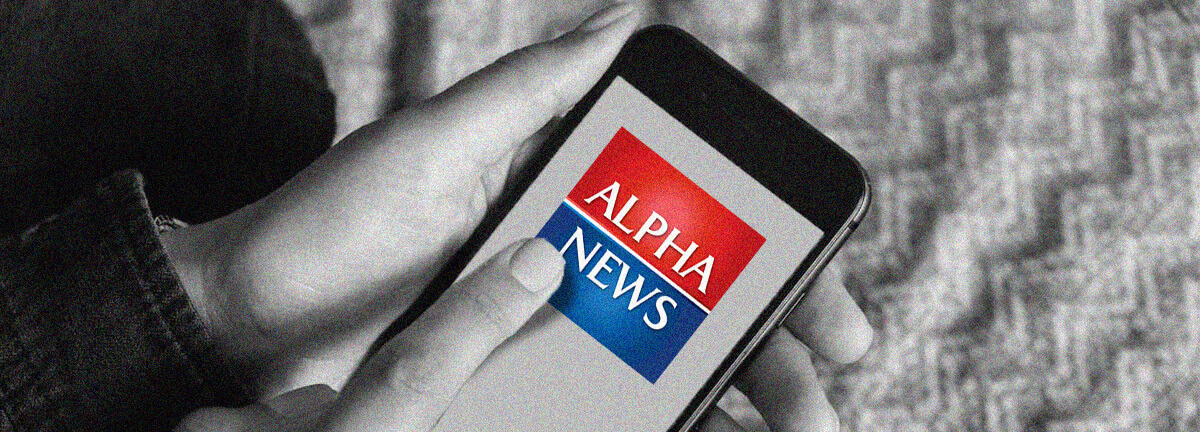Hospitals: Pawlenty’s Health Care Cuts Will Affect Services.
BY:
 Hospital administrators say that Gov. Tim Pawlenty’s proposals to drop tens of thousands of Minnesotans from Minnesota Care and reduce state payments to hospitals for treatment of poor patients will threaten the viability of hospitals across the state.
Hospital administrators say that Gov. Tim Pawlenty’s proposals to drop tens of thousands of Minnesotans from Minnesota Care and reduce state payments to hospitals for treatment of poor patients will threaten the viability of hospitals across the state.
Sue Klabo, the administrator at Mahommen Health Center in northwester Minnesota, told the Bemidji Pioneer that hospitals like the one she leads face “grave” circumstances if state policymakers make deep health-care budget cuts.
Klabo said her Mahnomen Health Center in northwestern Minnesota is treating a growing number of patients who are uninsured or rely on government-subsidized programs, but faces potential budget reductions that threaten the center’s viability.
“We are financially marginal now,” Klabo, Mahnomen’s administrator, told lawmakers Wednesday. “How are we going to be able to sustain services through this long economic crisis?”
As a result [of Pawlenty’s proposal to drop 84,000 Minnesotans from coverage and reduce state payments for the treatment of others], many of those Minnesotans may delay treatment until their conditions worsen, and then they show up in emergency rooms to be treated at a higher cost, hospital officials said.
“Real people will suffer,” said Mark Eustis, president of Fairview Health Services. Fairview’s system includes a hospital in Red Wing and clinics in the eastern Twin Cities suburbs.
Dropping thousands of Minnesotans, some of whom are those who have been hardest hit by the economic downturn, doesn’t make economic sense. For one, losing state-subsidized insurance means many medical problems will go untreated until they’re bad enough to result in a more-expensive emergency room visit. Moreover, losing access to critical preventive care services drives up the total cost of health care for everyone. Not to mention the fact that Gov. Pawlenty’s proposals will almost certainly lead to further job cuts at hospitals and clinics, disproportionately affecting rural health care providers.
Preventative care will diminish and there will be less emphasis on managing chronic diseases, Eustis warned.
Health care facilities already have let workers go, imposed salary freezes, delayed construction projects and reduced some services.
Cutting programs means eliminating jobs. That is especially difficult for rural health-care facilities, which struggle to recruit nurses, therapists and technicians, Klabo said.
“Once lost, they will be impossible to get back,” Klabo said.
Short and long-term health care costs are strangling our state and there’s never been a better time than now to fix it. We can do it by creating a public health insurance option.
Last Friday, ABM and a coalition of labor groups released the second in a string of radio ads to air Pawlenty’s weekly radio. The ad, which talked about the need to reform Minnesota’s health care system, featured Tee McClenty, an emergency room tech at a hospital in Maplewood. Tee recorded the ad after hearing the Governor complain on his show last week about the requirement that hospitals provide care to anyone who walks through the door, even if they don’t have health insurance.
"I love caring for patients who walk through the emergency room, but I’m tired of our health care system forcing families to use the emergency room because it’s the only place they can get care," McClenty said. "I’m also tired of seeing families bankrupted by necessary medical bills."
"We need to fix the system – not kick people out of the care they have," says Tee.
We cannot continue to balance the budget on the backs of the less fortunate and expect to build a Minnesota that works for all of us. It’s time for the wealthy to start paying their fair share.
Ask them to support a comprehensive budget-balancing solution which makes taxes fair and ensures that employment and wealth doesn’t determine the health care you get.
JOIN US.
contribute to the conversation



